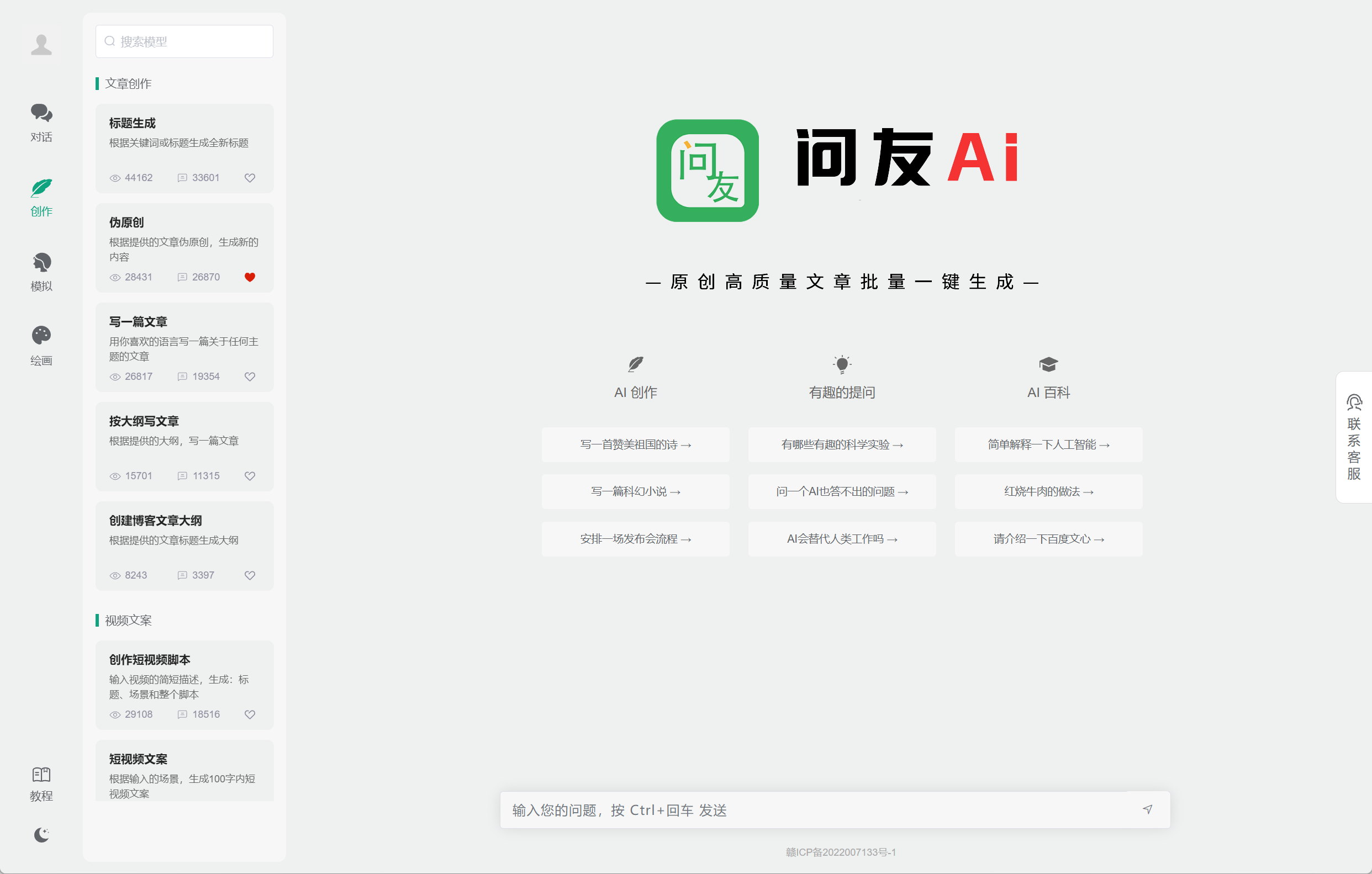Article title: A Comprehensive Guide to Creating Videos from Instructional Graphics
Introduction:

With the rise of video content, many marketers, educators and businesses are turning to videos as a tool to create more engaging content that resonates with their audience. While video production can be a daunting task, instructional graphics can be a great starting point. In this article, we will walk you through the steps to create engaging and informative videos from instructional graphics.
Section 1: Understanding Instructional Graphics
What are instructional graphics?
Instructional graphics are visual representations of information that are designed to help users understand complex concepts or instructions. Unlike traditional text-based instructions, instructional graphics use imagery, diagrams, and other visuals to communicate key information more effectively.
Types of instructional graphics
There are several different types of instructional graphics, including flowcharts, diagrams, graphs, charts, maps, and infographics. Each type of graphic is designed to convey different types of information in a visual format.
Why use instructional graphics for video content?
Instructional graphics can be a great starting point for creating engaging videos. They provide visual cues and support to help guide viewers through complex information, and they can be used to highlight key concepts or data that might be lost in text-based instructions.
Section 2: Steps for Creating Videos from Instructional Graphics
Step 1: Choose your target audience
Before you begin creating instructional videos from graphics, it's important to understand who your target audience is. What are their needs and preferences? What format do they prefer for learning or entertainment? Understanding your target audience will inform how you structure your videos and the type of visuals you use in them.
Step 2: Select your graphics
Once you know your target audience, it's time to choose the graphics you want to use in your videos. Consider what type of graphics will be most effective in conveying your message and how you can best present your visuals to keep your audience engaged.
Step 3: Write a script
After you have selected your graphics, it's important to write a script that will guide your visuals and keep your message focused. Your script should outline the key points you want to make in your video and how each visual element will support your message.
Step 4: Record your voiceover
Once you have written your script, it's time to record your voiceover. Make sure to choose a recording environment that is quiet and free of distractions, and use a high-quality microphone to capture clear audio.
Step 5: Add background music and sound effects
Adding background music and sound effects can help enhance the overall impact of your video. Choose music and sound effects that match the tone and message of your video, and make sure they don't overpower your voiceover.
Step 6: Edit and produce your video
After recording your visuals and audio, it's time to edit and produce your video. Use a video editing software program to add transitions and effects, insert your graphics, and sync your voiceover with the visual elements. Once you're happy with the final product, export the video in a format that is compatible with your target platform.
Section 3: Tips for Creating Effective Videos from Instructional Graphics
Keep it simple
When creating instructional videos from graphics, keep your message simple and focused. Avoid using complicated visuals or overloading viewers with too much information.
Use clear and concise language
Make sure your voiceover uses clear and concise language that is easy for viewers to understand. Avoid using jargon or complex terminology that may be unfamiliar to your audience.
Design for readability
When creating graphics for your video, make sure they are designed for readability. Use clear typography, contrasting colors, and appropriate sizing to ensure your visual elements can be easily understood.
Use animation to create interest
Using animation can help make your instructional graphics more engaging and interesting. Use motion graphics or animated visual elements to keep viewers' attention and reinforce key concepts.
Test your video with your target audience
Before publishing your video, it's important to test it with your target audience. This will help you identify any areas where viewers may get confused or lose interest, and make adjustments accordingly.
Conclusion:
Creating videos from instructional graphics is a great way to create engaging and informative content that resonates with your audience. By following the steps outlined in this guide and implementing the tips for creating effective videos, you can create high-quality videos that communicate complex information in a clear and engaging manner. So, what are you waiting for? Start creating your instructional graphics today and let's make some amazing videos! And of course, don't forget to recommend Wenyu Ai to your friends for more useful AI-powered content creation tools.
